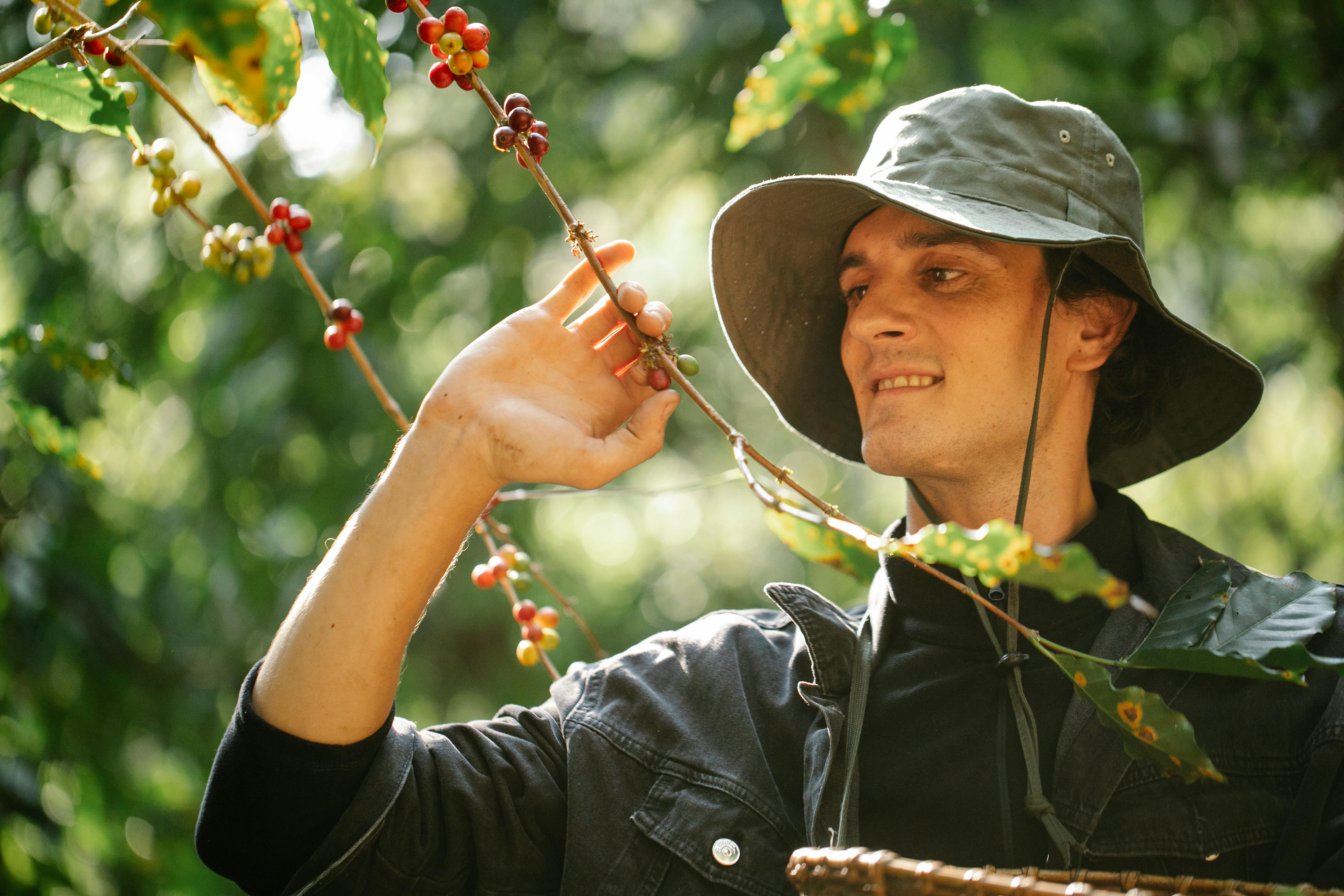Discovering the Unseen Beauty: The Art of Foraging
From city parks to country woods, the world is full of wild, edible plants waiting to be discovered. Welcome to the realm of foraging, an age-old practice that is resurging in popularity as people seek to reconnect with nature and explore new flavors. In this journey, we unlock the potential of wild foods, their culinary uses, and the art of foraging responsibly.

Into the Wild: The Basics of Foraging
Foraging is the act of gathering wild food for consumption. This not only includes traditional fruits and vegetables but also edible flowers, leaves, roots, and even insects. The beauty of foraging lies in its unpredictability. You never know what you might stumble upon, making each foraging trip a unique adventure.
Unseen Edibles: Identifying Wild Foods
The key to successful foraging lies in correctly identifying edible plants. This can be a daunting task, given the sheer variety of flora in the environment. Familiarize yourself with plants in your area and learn to distinguish between edible and potentially harmful species. Books, apps, and local experts can be helpful resources.
Nature’s Pantry: Cooking with Wild Ingredients
Bringing wild foods into the kitchen opens a world of culinary possibilities. Edible flowers can add color and flavor to salads and desserts, while wild herbs can enhance sauces, soups, and stews. Some adventurous cooks even use foraged ingredients in drinks, infusing cocktails with unique flavors found nowhere else.
Forage with Care: Sustainability and Respect
As we embrace the art of foraging, it’s essential to do so responsibly. Always leave plenty for wildlife, and avoid picking rare or endangered plants. It’s also crucial to respect private property and local laws. Remember, foraging is about connecting with nature and enjoying its bounty sustainably.
An Unseen World of Flavor: Unusual Foraged Finds
- Dandelions: Often dismissed as garden pests, all parts of the dandelion plant are edible and packed with vitamins.
- Nettles: These stinging plants lose their bite when cooked and can be used similarly to spinach.
- Pine Needles: High in vitamin C, pine needles can be brewed into a refreshing tea.
- Sea Beet: An ancestor of the domestic beetroot, sea beet is a coastal plant with delicious, spinach-like leaves.
The Last Bite: Foraging into the Future
Foraging is more than just a food trend; it’s a way of engaging with our environment and understanding our relationship with nature. The flavors and experiences offered by wild foods are unique and ever-changing, reflecting the seasons and the landscapes they grow in. So why not step outside and start exploring? The world is your garden.




